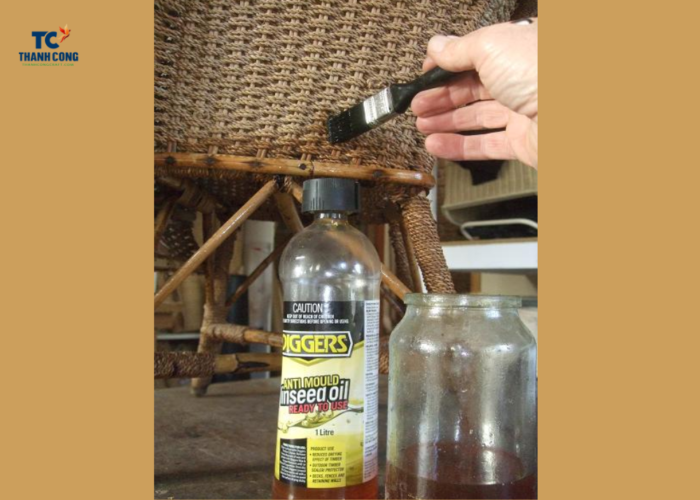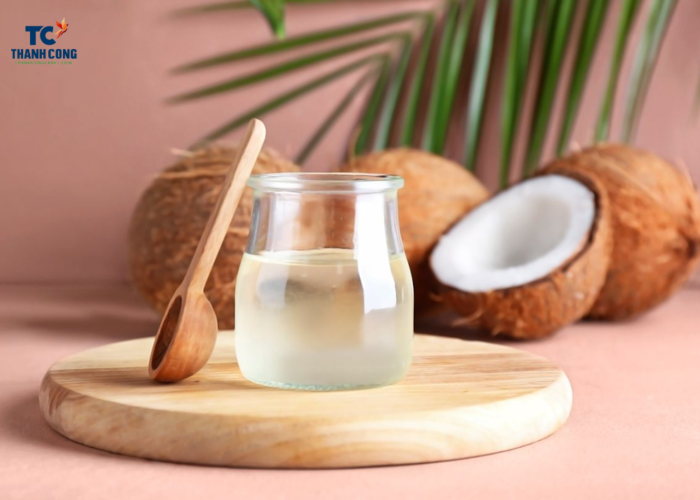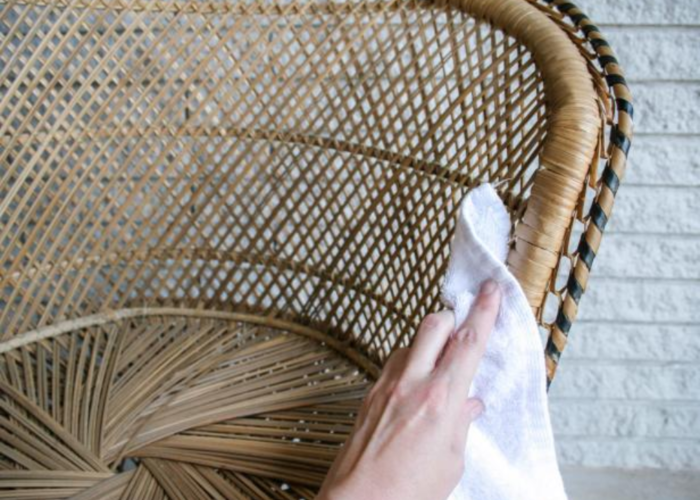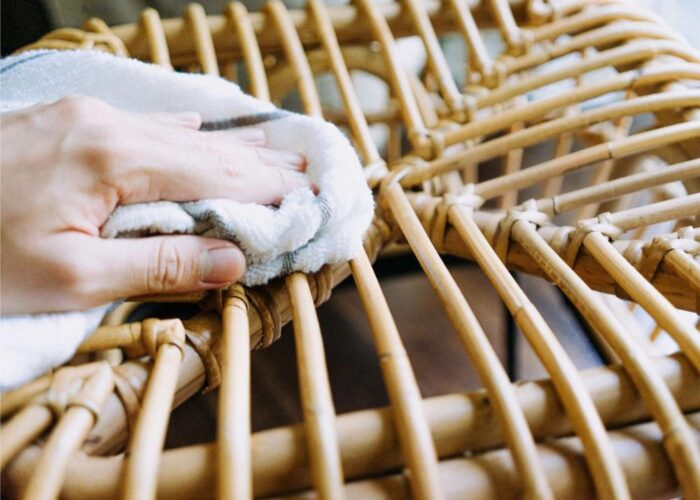Wicker furniture, with its natural charm and timeless appeal, can grace any space with elegance. To ensure its longevity and retain that warm, inviting glow, regular maintenance is essential. One effective method to keep your wicker furniture in peak condition is oiling. Oiling not only enhances the luster of the wicker but also acts as a protective barrier against the elements.
In this guide, we’ll delve into the art of how to oil wicker furniture, exploring the step-by-step process to nourish and revitalize your pieces. Whether indoors or outdoors, your wicker furniture is about to receive the care it deserves, ensuring it continues to be a focal point of beauty in your home. Let’s start!
Contents
1. Can you oil wicker furniture?
You can use oil on wicker furniture to help maintain its appearance and durability. Oiling wicker furniture can offer several advantages, including increased moisture resistance for outdoor use, enhanced flexibility to prevent cracking, color enhancement for a vibrant appearance, protection from UV damage, maintenance of natural luster, and potential insect repellent properties.
Regularly oiling your wicker furniture can contribute to its longevity, preserving its natural beauty and enhancing its resistance to environmental factors.

2. Best oil for wicker furniture
One commonly recommended oil for treating and protecting wicker furniture is linseed oil. Linseed oil is derived from flaxseed and is known for its ability to penetrate and nourish natural materials, helping to preserve wicker furnitures flexibility and prevent cracking.
When using linseed oil on wicker furniture, it’s advisable to apply it sparingly and evenly, allowing the furniture to absorb the oil.
Besides, olive oil, coconut oil, and tung oil, are oils to use on wicker furniture.
- Coconut Oil: Coconut oil is a natural oil rich in antioxidants, with antibacterial and antifungal properties. It can clean, moisturize, and provide a protective coating, ensuring the longevity of wicker furniture. To use coconut oil, gently wipe the surface of the wicker with a cloth or cotton ball soaked in oil, then let it air dry.
- Olive Oil: Olive oil, another natural oil, brightens and softens wicker. It helps remove dirt, dust, and stains, leaving the furniture looking clean and fresh. To use olive oil, you can dilute it with water (1:2 ratio), then wipe the wicker’s surface with a cloth or brush, allowing it to air dry.
- Tung Oil: Tung oil is known for its durability and resistance to water. It penetrates the wicker, providing a protective layer without altering the natural color of the material. It also enhances the wood’s grain. Using a clean, lint-free cloth or a brush, apply a thin and even coat of tung oil to the wicker furniture. Let it dry.

You can choose the oil that suits your needs and preferences to care for your wicker furniture. Remember to clean the wicker furniture by dusting or vacuuming before applying oil. Best of luck with your wicker furniture care!
3. How to oil wicker furniture?
Oiling wicker furniture is a simple yet effective way to maintain its natural beauty and extend its lifespan. Properly nourished wicker is more resistant to drying, cracking, and other environmental stressors.
Here’s a step-by-step guide on how to oil your wicker furniture:
Materials Needed:
- Linseed oil (recommend);
- Clean, lint-free cloth;
- Brush or sponge;
- Protective gear (gloves, if necessary).
Steps by step:
Step 1: Clean your wicker furniture
Before applying oil, ensure that the wicker is clean. Use a soft brush or vacuum cleaner to remove dust, debris, and any loose particles. This step ensures that the oil will be absorbed evenly.

Step 2: Apply the oil to your wicker furnitures
Pour a small amount of linseed oil into a container or directly onto a clean, lint-free cloth. Using a soft-bristle brush or the cloth, apply a thin, even layer of linseed oil to the wicker surface. Ensure that you reach all the nooks and crannies of the furniture. Allow the first coat to penetrate the wicker for about 15-20 minutes.
Step 3: Wipe excess oil
After applying the oil, use a clean, dry cloth to wipe away any excess oil. This step helps prevent the furniture from feeling sticky and ensures a more even finish.

Step 4: Repeat if necessary
Depending on the condition of your wicker furniture, you may need to repeat the oiling process periodically. Regular maintenance helps keep the wicker in optimal condition.
By following these steps, you can effectively oil your wicker furniture, providing it with the care it needs to stay vibrant and resilient.
4. Final thought
Completing the oiling process for your wicker furniture marks not just the end of a maintenance task but the beginning of a prolonged life filled with natural beauty. As you admire the subtle sheen and restored vitality of your pieces, take pride in the care you’ve invested.
Regular oiling not only enhances the aesthetic appeal but also safeguards your wicker furniture, allowing it to withstand the passage of time and changing seasons.
If you have any further questions, don’t hesitate to send thanhcongcraft an email us at info@thanhcongcraft.com or message us at WhatsApp: +84967485411. Hope to serve you soon! Best regard!












